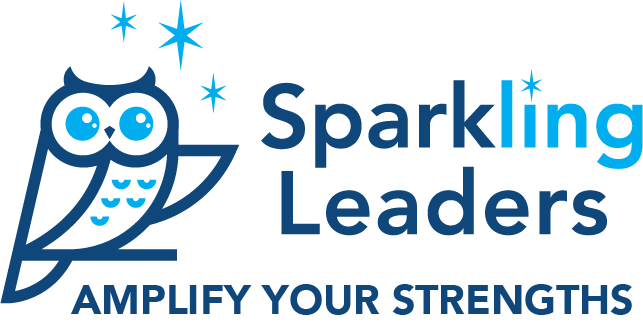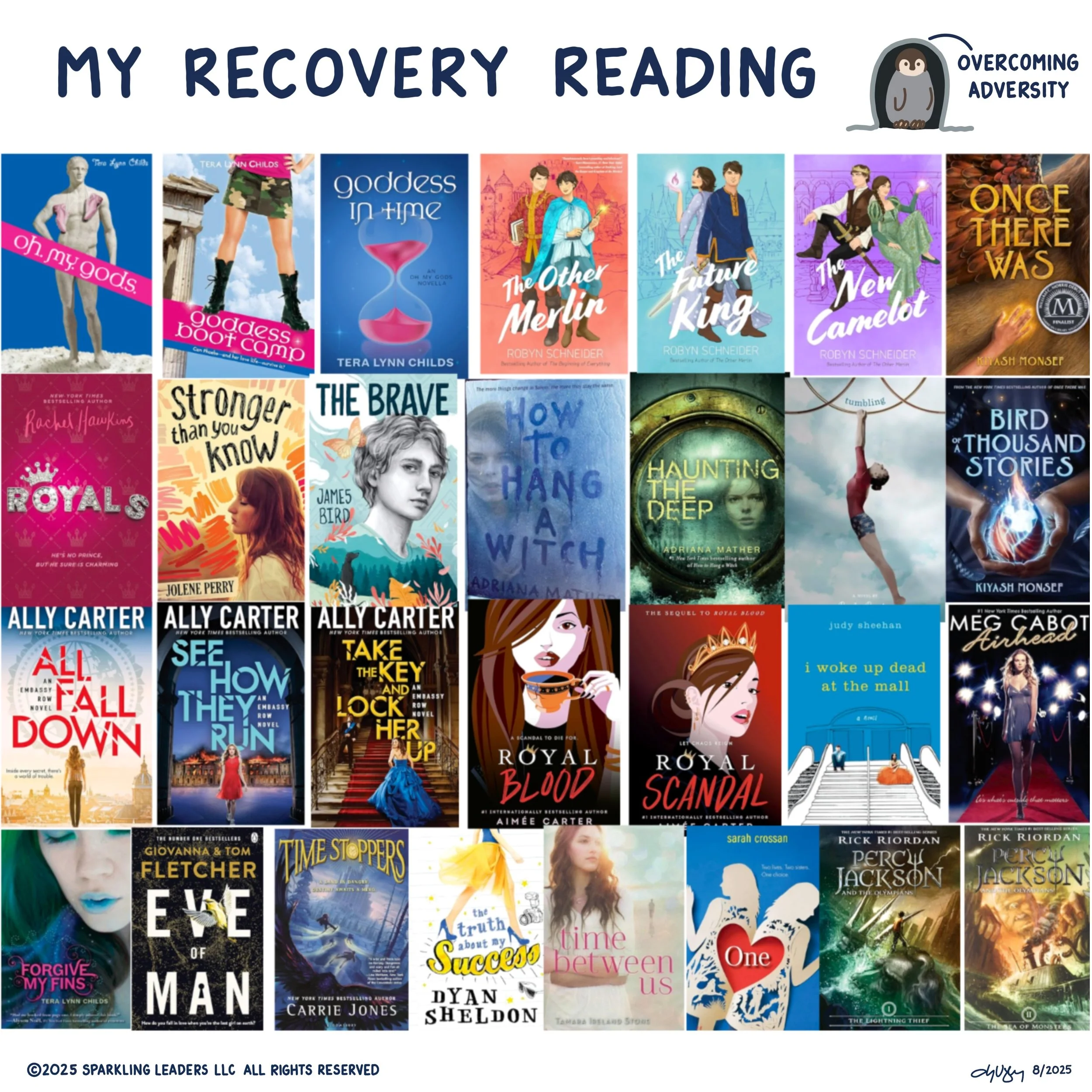Recovering From Being Activated: Understanding Parts and The Realm
I’m enjoying exploring the stories we tell ourselves, the assumptions that support them, and the ways we resist change. Today, I'm focused on what happens when we get triggered and how to recover faster.
When Parts of Us Get Activated
Have you ever felt as though one moment you're handling things well, feeling emotionally competent and in control? Then something happens, a comment, an email, an unexpected change, and suddenly you feel like something else is in control.
I've realized that when I notice the change in control and name it as a part taking over, it helps me get back to a state where I can make decisions. If you haven’t thought about parts before, consider a few common parts such as the part that wants to please others, the part that needs control, and the part that fears rejection. Most of the time, our parts work together. But when we get triggered, a part that normally is in the background can take over completely.
The short summary of different parts methodologies is to recognize that a part is speaking and then try to understand what the part needs.
Key insight: When you're triggered, it's not all of you that's activated; it's a part of you that's trying to express a need or protect you from perceived danger.
Recognizing Activation
Activation or triggering occurs on a spectrum. Additionally, something that is fine one day can be more activating the next. Our levels of activation depend on multiple factors, such as how regulated our body is in the moment, our past experiences, and the trigger.
Level 1 Presence: My feelings are near my baseline
Level 2 Awareness: Minor irritation, but I can manage it
Level 3 Annoyance: Feeling unsettled but still able to think clearly, mostly
Level 4 Need Space: Strong emotional response, harder to access reasoning, take a short break
Level 5 The Realm: Complete overwhelm, need to disconnect from inputs
The first step in recovery is simply recognizing where you are on the scale. No judgment, just awareness.
Level 5: Overwhelm and The Realm
When we're pushed beyond our limits, we can enter The Realm, a protective bubble where we completely disconnect from external inputs to survive and recover.
The Realm has several important characteristics: It's familiar territory (we've been here before), it's temporary (hours or days, not weeks), and it's protective (our system's circuit breaker when we've hit our limit). When in The Realm, we are resistant to new information, even helpful information, which can frustrate others.
Understanding your realm and approaching it with curiosity rather than judgment helps us work with it instead of against it.
Quick Tools for In-the-Moment Recovery
For Activation Levels 1 to 3:
Name what's happening: "I notice I'm getting activated."
Celebrate taking the first step and noticing something is going on.
Breathe and locate the feeling in your body
Ask: "What does this part of me need right now?"
For Activation Level 4:
Create physical space if possible
Focus on your breath and grounding (feet on floor, hands on solid surface)
Remind yourself: "This is temporary."
For Activation Level 5 (The Realm):
Give yourself permission to disconnect
Use your predetermined recovery plan (more on building this below)
Trust that you will emerge when ready
Building Muscles for Healing
When it's safe to explore, ask yourself:
What am I feeling?
When do I feel it?
Where do I feel it in my body?
What thoughts and emotions come with it?
What actions do I take when I feel this way?
What need is this part of me trying to express?
Recovery is a skill that strengthens with practice:
Map your patterns: Learn your early warning signs and typical realm characteristics
Create a recovery toolkit: Identify your personal recovery plan (music, movement, nature, specific people). For me it’s moving my body, drawing, stepping outside, or organizing something.
Practice self-compassion: Your reactions are based on patterns to keep you safe.
Communicate your needs: Help others understand your process so they can support rather than escalate
The Antidote: Understanding and Compassion
The most powerful tools for recovery are understanding (what is happening), normalization (everyone has realms), and compassion (this part of you is doing its best to protect you).
Your triggered parts aren't problems to fix, they're protectors who learned their strategies early and are still trying to keep you safe. The goal is to understand and validate them.
Remember: It’s human to learn, grow, and recover.
What does your realm look like?
What have you discovered about your recovery process?
Below is an image of some of the books I read while I was recovering from my broken 5th metatarsal. I was in my realm and trying my best to sit still so my body could heal.


